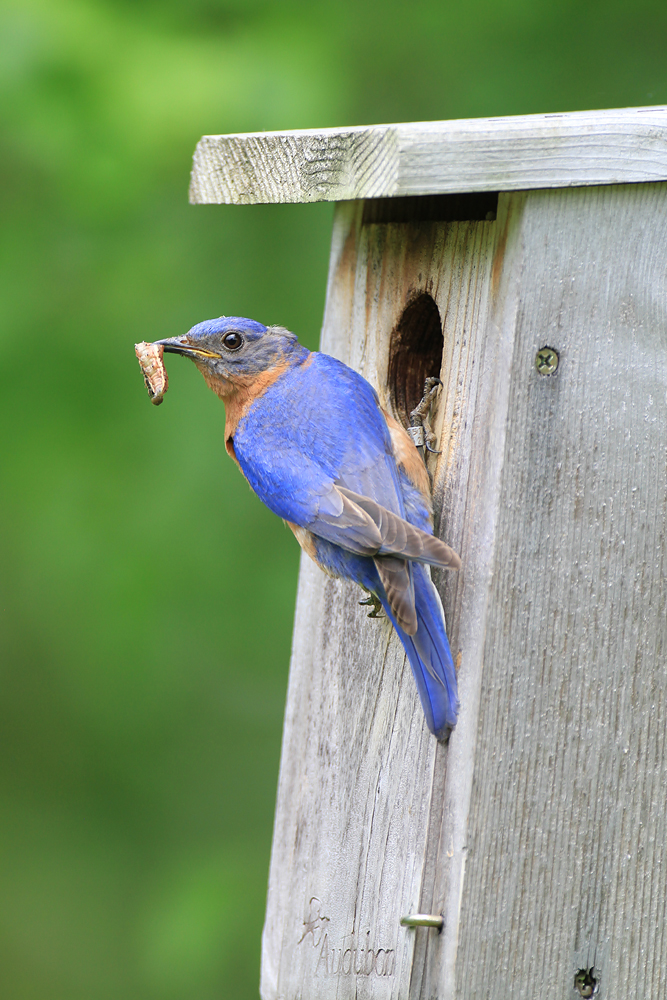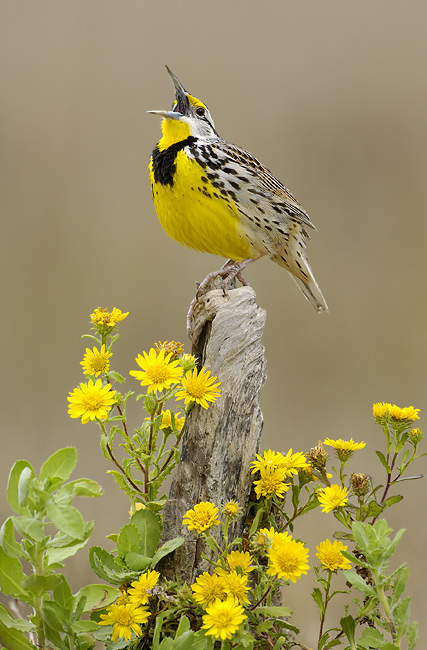
That lovely green mist of ephemeral spring beauty has officially invigorated the land and awakened Mother Nature from her brief winter’s nap. You know what that means…bird banders are also emerging from their winter hibernacula and eagerly throwing up their own mist in the woods.

Public bird banding sessions at Rushton Woods Preserve will begin next Tuesday, April 17, and we can’t wait!!
We will be bird banding every Tuesday and Thursday this spring at Rushton Woods Preserve, weather permitting. If it rains, we do not band in an effort to keep the birds safe. Please feel free to come out any of those mornings to observe. We start at sunrise, 6:30am, and take the nets down around 11 am. Large groups should contact Lisa Kiziuk, (lkr@wctrust.org) for an appointment. Anyone interested in becoming a regular volunteer should also contact Lisa Kiziuk.

This Spring is shaping up to be one for the records! Red-winged blackbirds have already been back for over a month now, and (relatively) short-distance migrants like Eastern Phoebes, Chipping Sparrows, Eastern Towhees, Pine Warblers, Tree Swallows, Field Sparrows, Eastern Meadowlarks, and Ruby-crowned Kinglets have been spotted earlier than usual setting up shop or passing through (in the Ruby-crown’s case). Some other interesting Chester County sightings this spring have included Pine Siskin, Palm Warbler, and Wilson’s Snipe. Dark-eyed Juncos and a few White-throated sparrows are still passing through. Waterfowl peak migration has passed, but you still might be able to catch a glimpse of some stragglers; sightings on ponds in the area included Green-winged Teal, Northern Pintail, Ring-necked Duck, Hooded Mergansers and Common Mergansers. Wood Ducks will enter the stage soon and begin nesting.


Look for the long-distance migrating songbirds (coming from Central and South America) to start showing up this month including Baltimore Oriole, Gray Catbird, Indigo Bunting, Scarlet Tanager, Wood Thrush, Ruby-throated Hummingbird, Ovenbird, Louisiana Waterthrush and the other wood warblers! The warblers are my favorite, especially in spring, when they are in their finest plumage and lighting up the forest with their vibrant colors and songs. However, warbler-ing can be overwhelming and therefore less enjoyable if you are not confident with your warbler identification skills.
Whether you are a novice or expert birder, I urge you to watch this youtube video, “Birding Warblers“. It takes you on an exciting birding trip with Cornell experts to a woodlot in Rochester, New York at the peak of warbler migration and offers great birding tips and techniques. Plus, you get a sneak peak at what is coming soon to a banding station near you. .. As far as I’m concerned, these amazing little warblers are our own birds of paradise, to be treasured and enjoyed right here in our own backyard. I’m grateful I live in the Eastern U.S. rather than the West, which has far fewer warblers than we do! (Click here, if you want to know why).
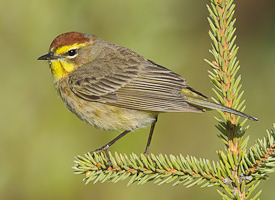
If you’d like to brush up on your warbler songs and ID for this spring, Cornell’s Macauley Library, the world’s largest archive of animal sounds, is a great resource that offers downloadable audio guides and hundreds of free sound recordings and video clips. The “All About Birds” website has another great warbler resource. Spring is a great time to get to know these birds in all their glory.

Speaking of glorious birds and early migration this year, I have hung my hummingbird feeders already, just in case! There have actually been reports of Ruby-throated Hummingbirds in Pennsylvania already starting on March 19th, which is almost a month earlier than the first hummer sighting last year. Check it out on the hummingbird tracker map, another great resource.
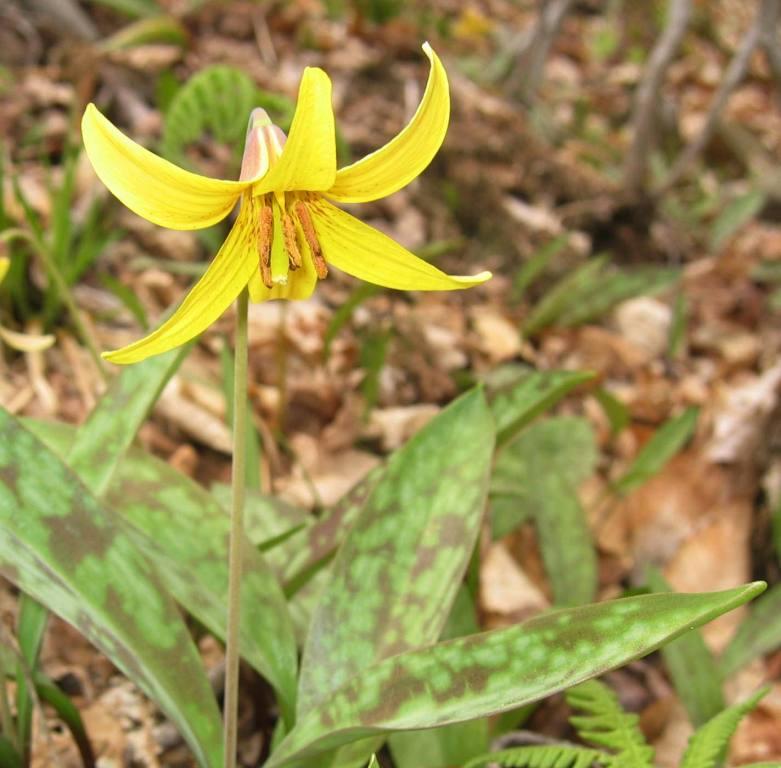
This year’s early spring has generated much discussion amongst the birding/ornithological community and could spell disaster for long-distance migrants, in particular, who are the last to know that spring is early up here in Pennsylvania. The following is an excerpt on this topic from a “PA-Birds” listing last month by Scott Weidensaul, natural history writer, hummer and owl bander extraordinaire:
“The unusual weather, and unusually early migration, raise some interesting points about migrants and climate change that Drew and a few others have touched on.
Phenology is the study of timing in nature, and there’s an extraordinary data set of weather and nature observations stretching back almost 90 years at the Mohonk Preserve in southeastern New York – the longest-running such data set in the country.
In addition to keeping track of first bloom dates for flowers, leaf-out dates for trees and the like, they also tracked first arrival dates for birds – and it’s clear from an analysis of the Mohonk phenology is that birds are responding to climate change in different ways. Short- and medium-distance migrants like eastern towhees and eastern phoebes, for example, are arriving weeks earlier than they did in the early 20th century – just as wildflowers are blooming weeks earlier today than in the past (hepatica by 20 days, bloodroot by 13). Some species have simply stopped migrating in the region entirely, and are now year-round residents.
However, the arrival dates for long-distance migrants like scarlet tanagers and black-throated green warblers have not changed significantly at all in the past 90 years. The difference probably lies in what triggers the migration in both groups of birds. Short- and medium-distance migrants primarily winter in the southern U.S. or Mexico; they travel north in short stages, each flight triggered by good weather and wind directions – like the strong, persistent southerly winds blowing up the center of the continent the past two weeks.
Long-distance migrants coming from Central America, South America or the Caribbean, on the other hand, tend to fly in much longer, nonstop flights, and their departure is obviously not based on local weather conditions up here – a scarlet tanager in Colombia has no way of knowing it’s an early spring in Pennsylvania. They depart based on internal circadian rhythms and subtle changes in the daily photoperiod.
Once they come north, of course, warm southerly winds will speed their movement north across North America, just as persistent cold, northerly winds will retard it. Ruby-throated hummers, for example, usually arrive in the Gulf region the first two weeks of March – and this year, many are hopping on the south wind train and being sped north far, far sooner than is normal.
There is a real risk for bird riding the flow north so soon, of course, if the weather turns cold. But there’s also a serious risk for those species that can’t easily respond to the changing climate, like all those long-distance migrants. They are supposed to arrive early enough in spring to pair up, nest and hatch babies just as the early June explosion of soft-bodied insects (read: caterpillars) reaches its peak. With the leaves coming out weeks early, they may miss it. That’s already happening with trans-Saharan migrants in Europe, and with catastrophic consequences. Some species, like pied flycatchers, have seen a 90 percent population collapse in the last few years because their unchanging migration timetable means they’re now disconnected from their food supply.” (Scott Weidensaul in PA Birds)
Yikes! I hope those long-distance migrants can evolve new timetables faster than we think or adapt to different food sources.

On a more uplifting note, I have noticed that the early spring is benefiting Eastern Bluebirds in my backyard. I have had a female sitting on 4 eggs for the past several days without having to worry about competition from the House Wrens, who have not yet returned from their southern sojourn. Last year, by the time my bluebird pair was ready to set up house, Mr. Wren had already started a nest in both of my bluebird boxes! He starts a stick nest in every cavity in his neighborhood to maximize the female’s options. She then chooses one and “re-arranges the furniture” and puts the finishing touches on the nest. Then the male fiercely (and selfishly) defends all cavities in the area, which would have excluded the bluebirds last year.

The Willistown Conservation Trust is reinvigorating the nestbox program to provide more vital homes for cavity-nesting birds in our program area. This spring, we are focusing on bluebirds and have added 30 new boxes on our preserves: Ashbridge, Rushton, and Kirkwood. We are monitoring the boxes weekly throughout the breeding season to determine nesting success.
Please contact me (bhg@wctrust.org) if interested in helping out! It’s a great way to get outside to enjoy nature, contribute to conservation, and see into the lives of these beautiful birds. It’s also an opportunity to get involved with citizen science as all of our monitoring data gets submitted to The Bluebird Society of PA. A big thanks to Ken Leister who gave an impassioned presentation about bluebirds last month here at the Trust and has donated his time and energy to building our 30 new bluebird boxes. For those of you who didn’t get a chance to attend his fantastic lecture, I will do a bluebird blog in the future summarizing it, so stay tuned! My favorite quote of his was,
“The more you learn about nature, the more complicated it becomes.”
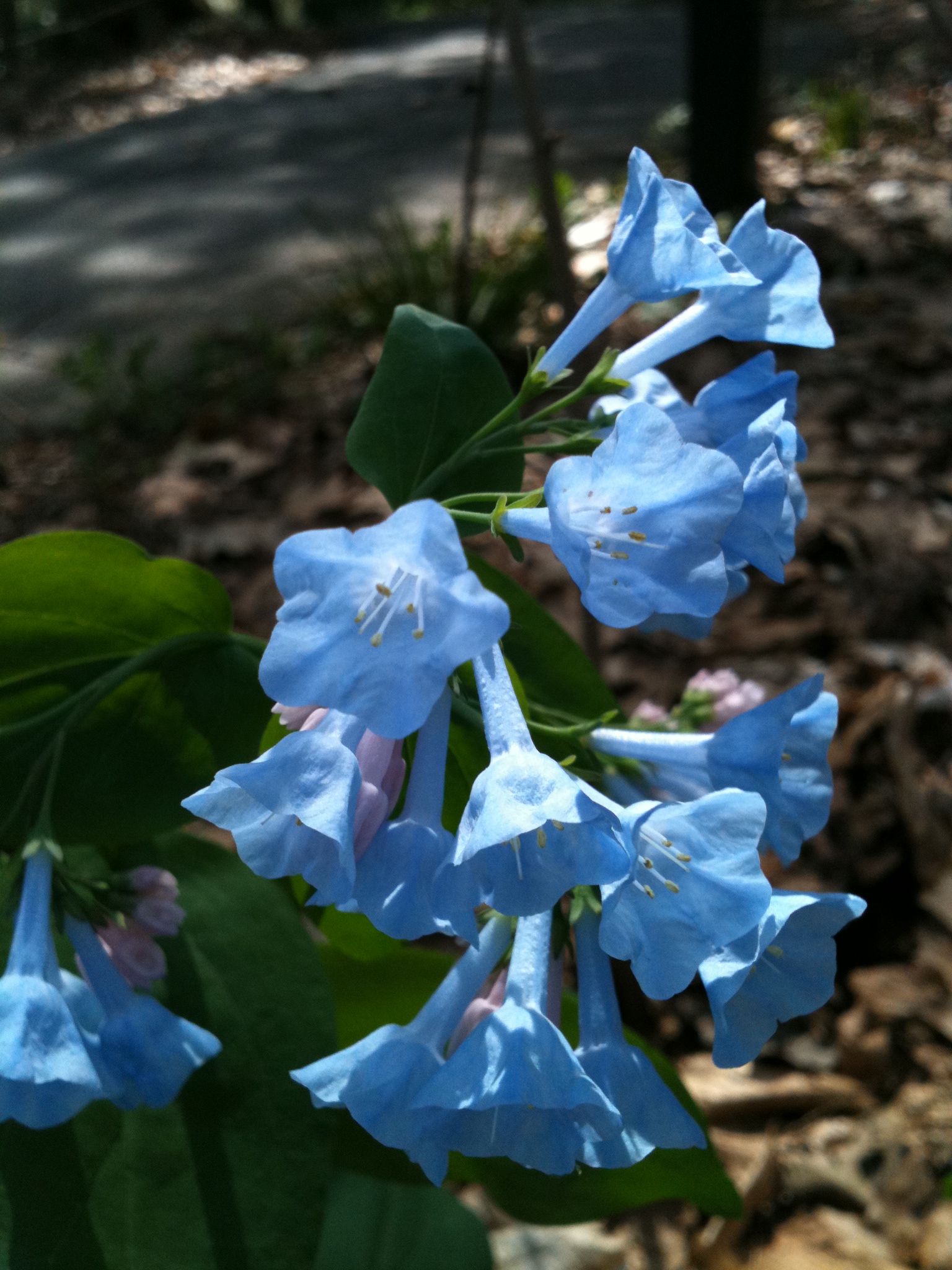
Winter and Early Spring Memories from WCT
The PA Young Birders met in November to learn about cavity-nesting birds and even made their own bluebird box!

They reconvened in December for the Christmas Bird Count…


In February, the PA Young Birders learned what it takes for birds to survive the winter…

In March, our Young Birders discovered the importance of the rainforest and learned that our birds are actually birds of two worlds. After a shade-grown/organic chocolate tasting, they learned what labels to look for on their chocolate to ensure that they are contributing to bird habitat conservation while buying chocolatey goodness…

Local birders and supporters of our Bird Conservation Program enjoyed “Woodcocks and Cocktails” in March during which we were thrilled to watch two male woodcocks performing their aerial displays across the darkening sky.

Also in March, our innovative “Beer for Birds” annual lecture and Dogfish Head ancient ale tasting, featuring Patrick McGovern, the world’s foremost beer archaeologist, raised over $5,700 towards our Bird Conservation Program!

Mark Your Calenders
The next PA Young Birder meeting will be held at Rushton Woods Preserve on Saturday, April 21st, from 9:30am to 11am. All children, ages 8-12, are welcome to come learn about and experience spring migration! Please RSVP to me (bhg@wctrust.org).

A guided spring Warbler Walk will be held on Sunday May 6th, 7:30am at Kirkwood Preserve (on Grubbs Mill Road). This will be a great opportunity for birders of all skill levels to enjoy bright spring warblers at a beautiful preserve that offers grassland, riparian, and woodland habitats. Please RSVP to me (bhg@wctrust.org).

Get outside this weekend if you can! Buds are bursting, trees are flowering, wildflowers are thriving on the forest floor before leaf-out, pollinators are abuzz, salamanders and other amphibians are depositing eggs masses in vernal pools and ponds, raptors are breezing by hawk watches, and the Easter Bunny is hopping about!
Happy Easter and don’t forget, there’s a lot going on in the woods…
~Blake



